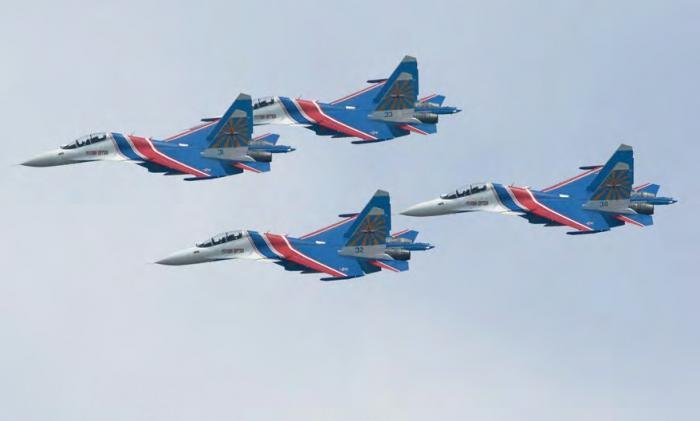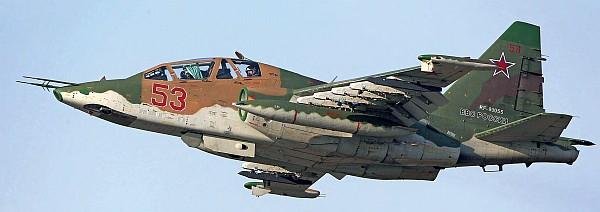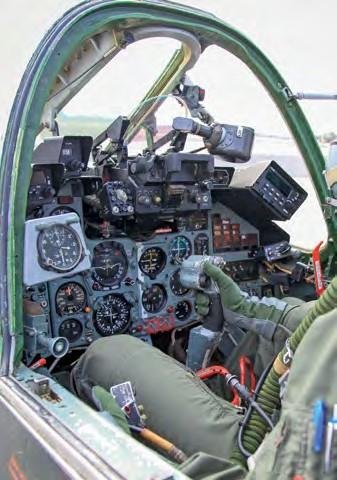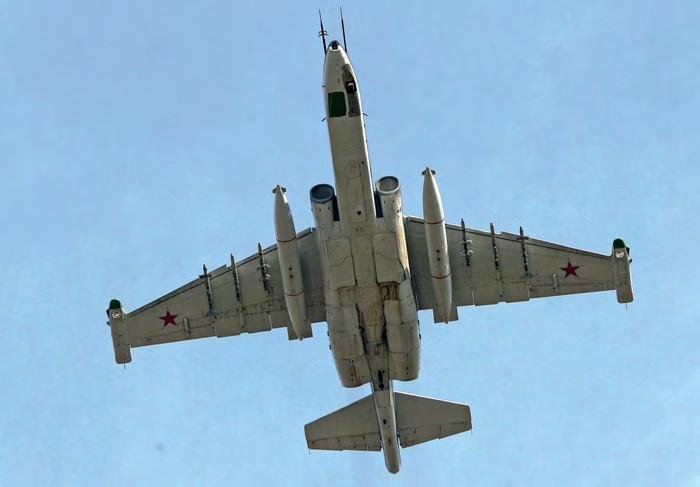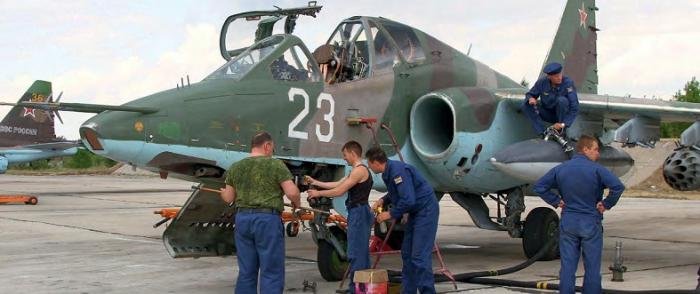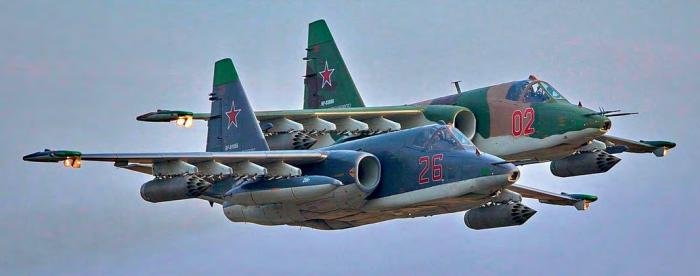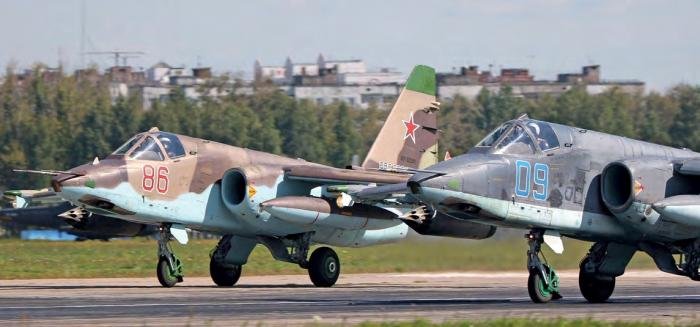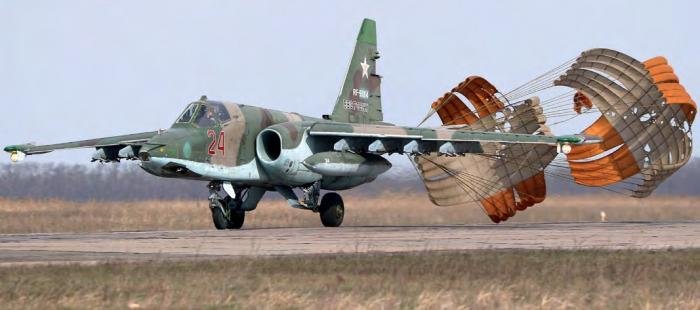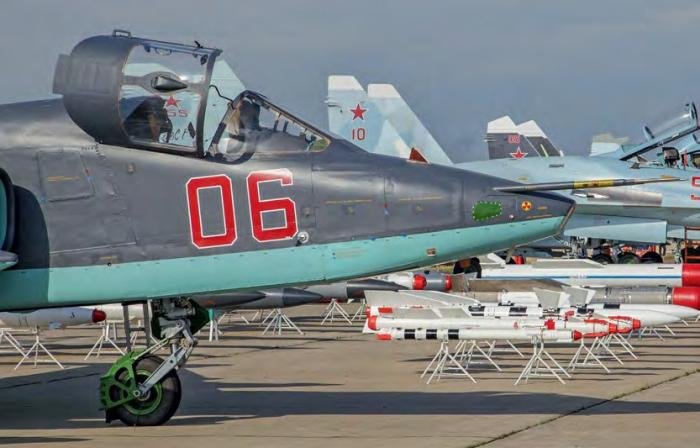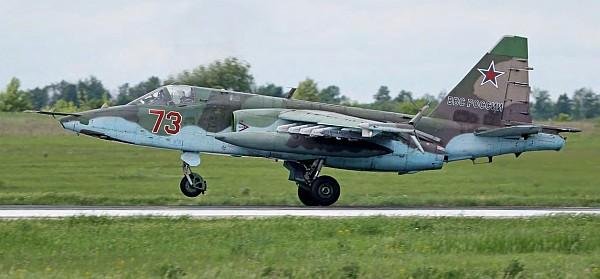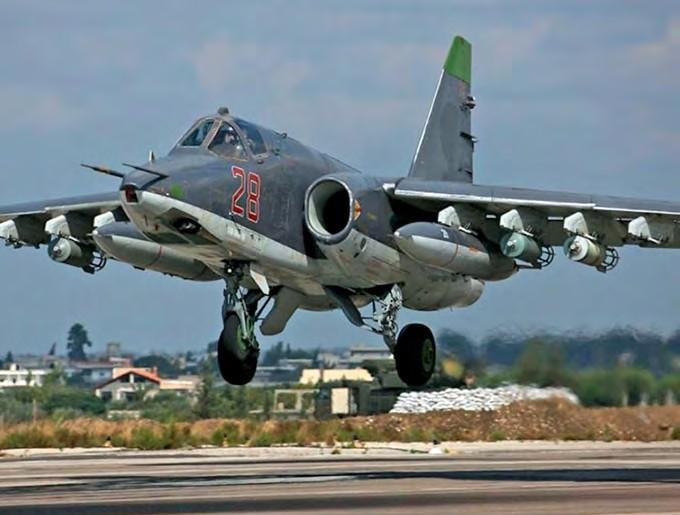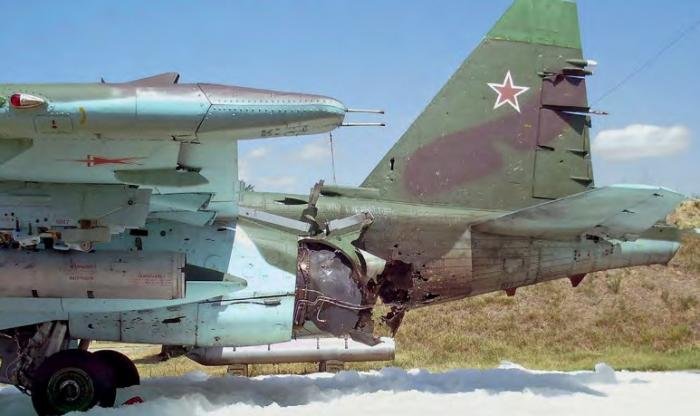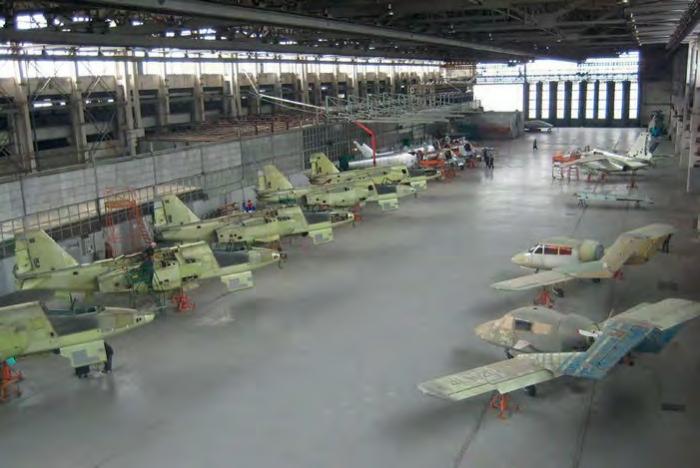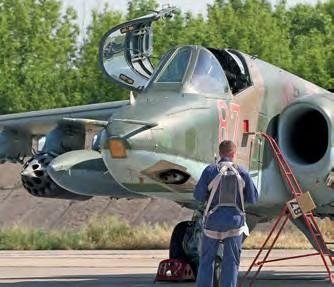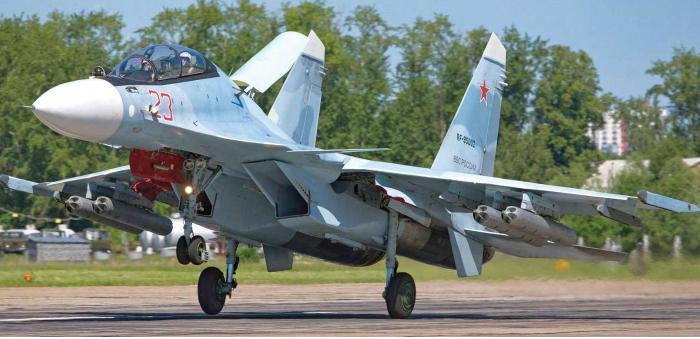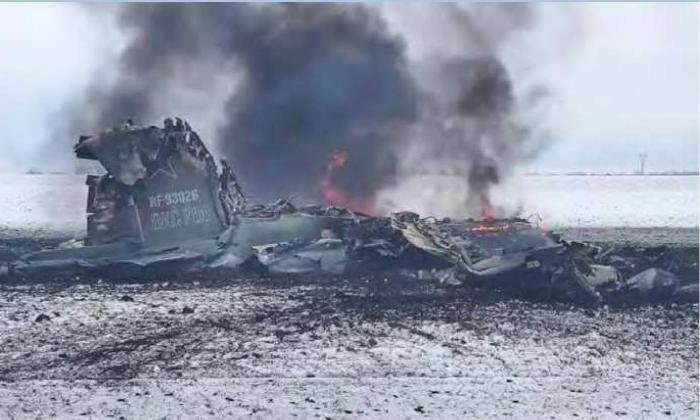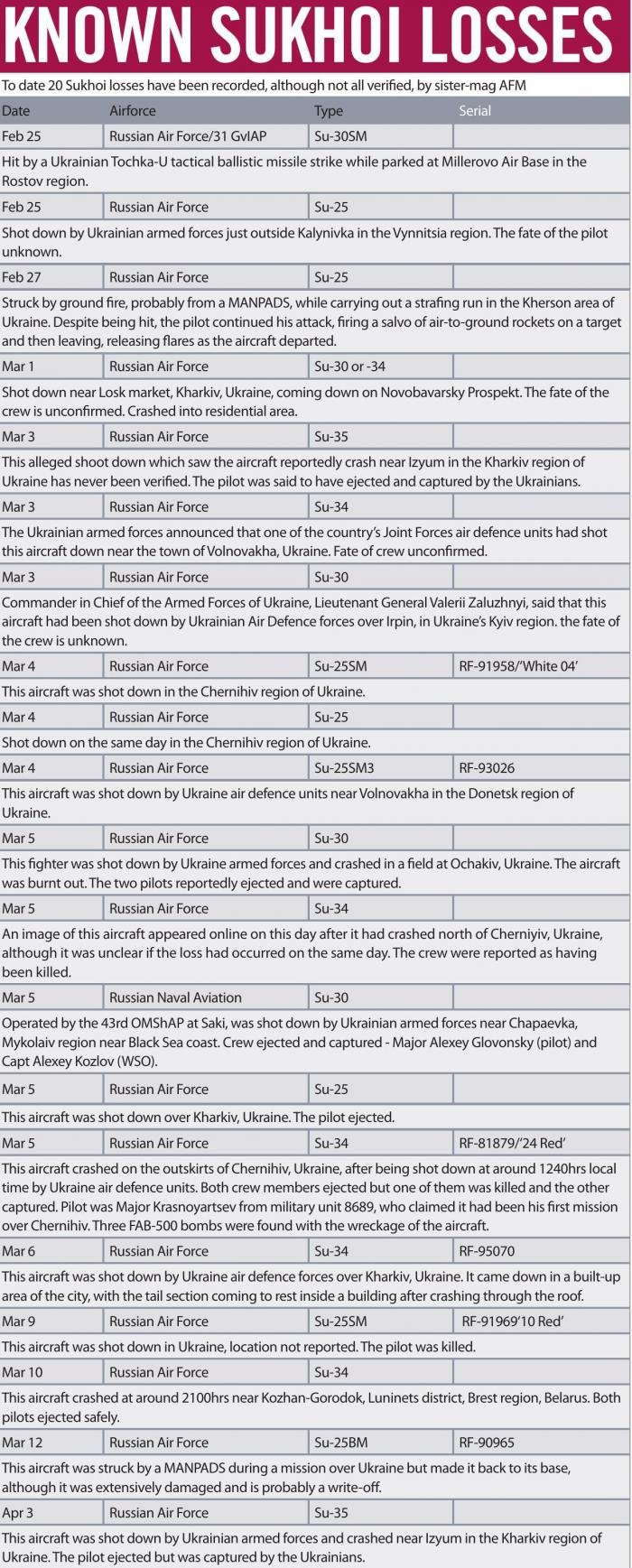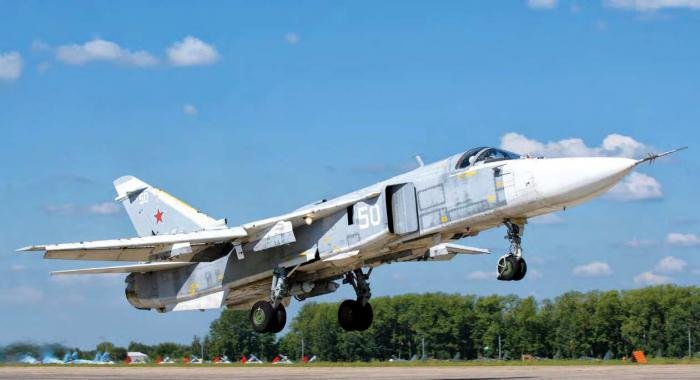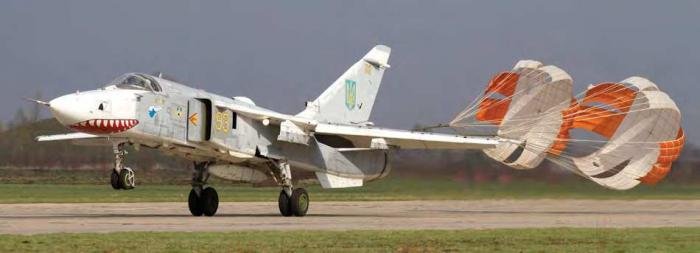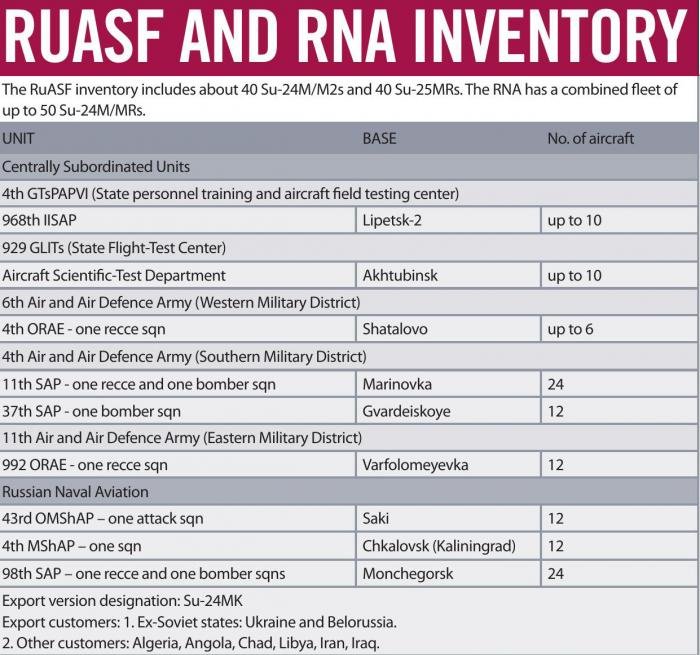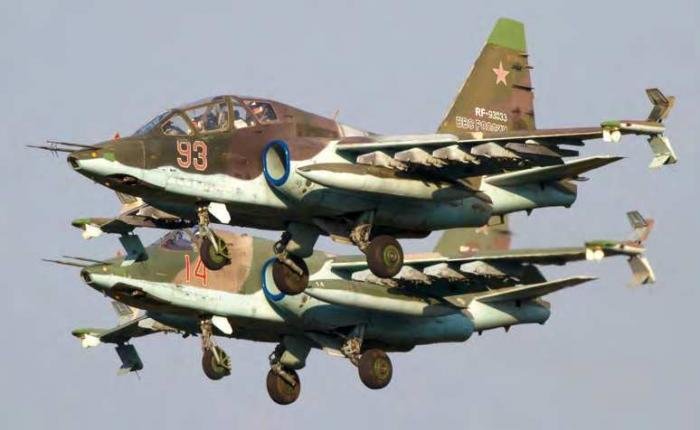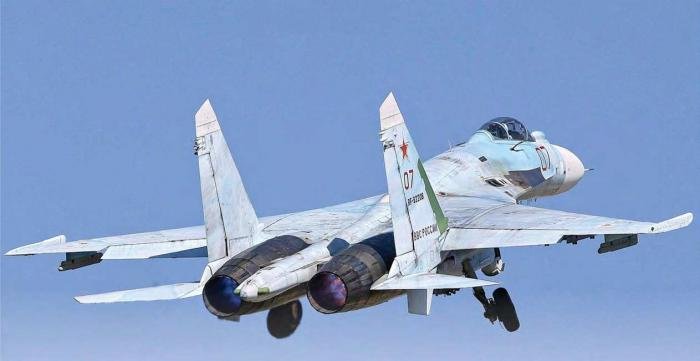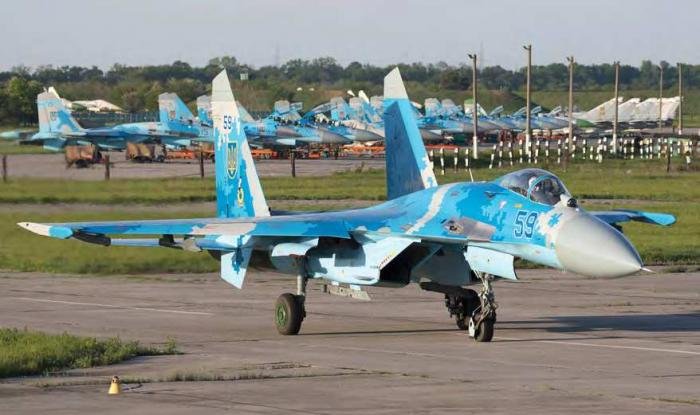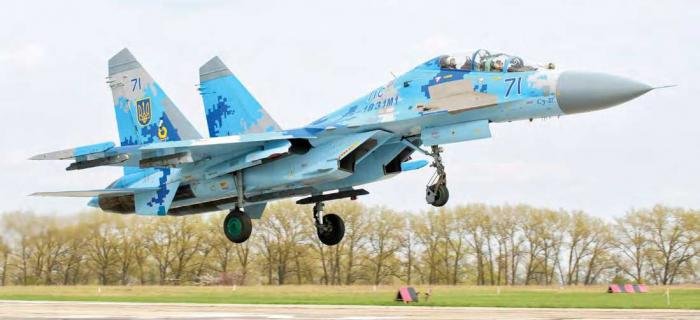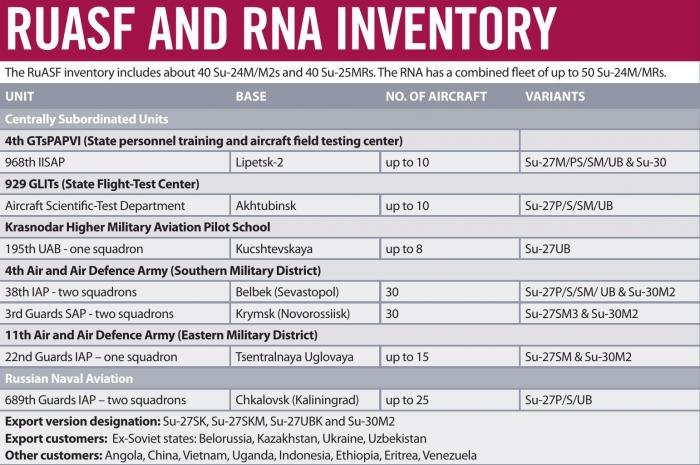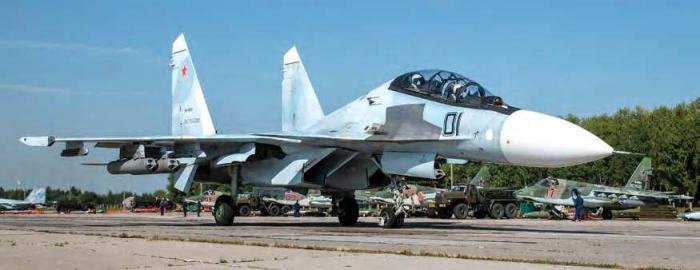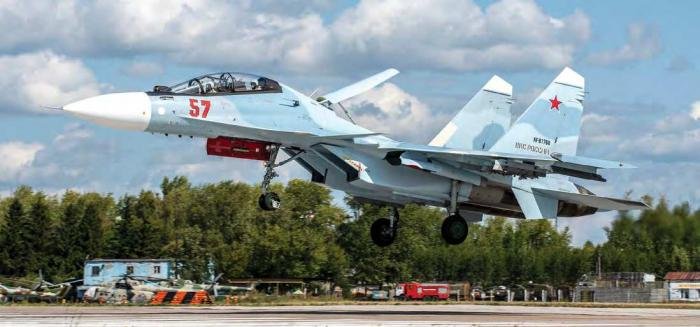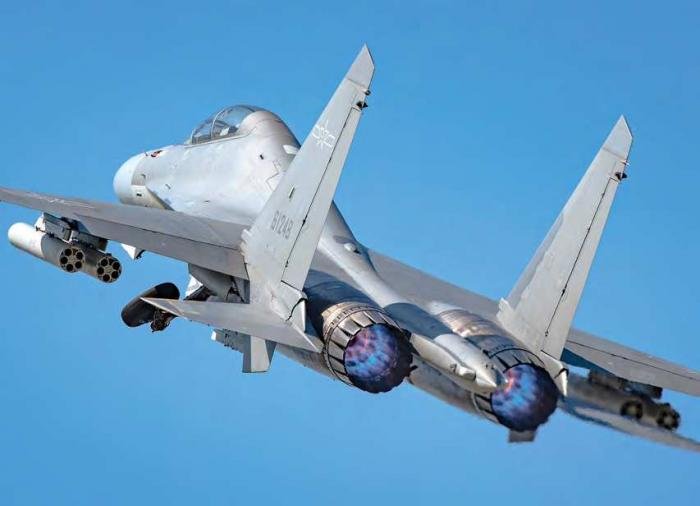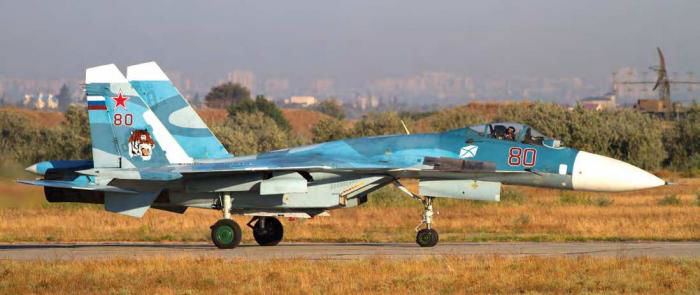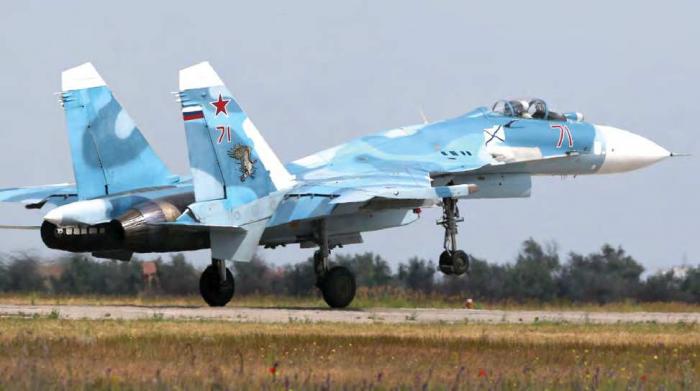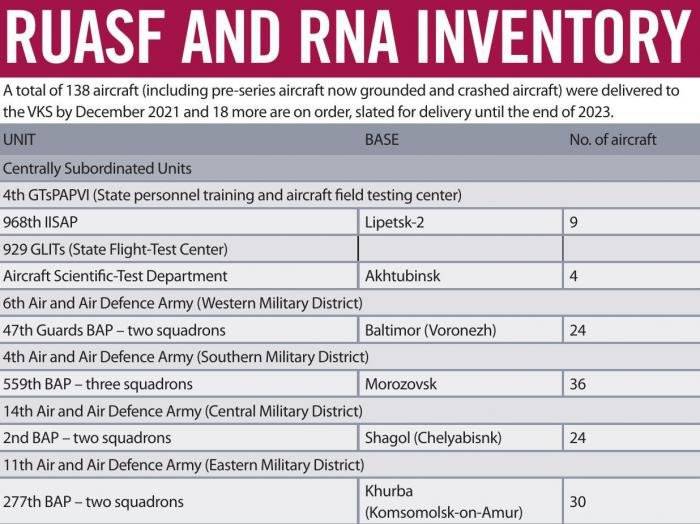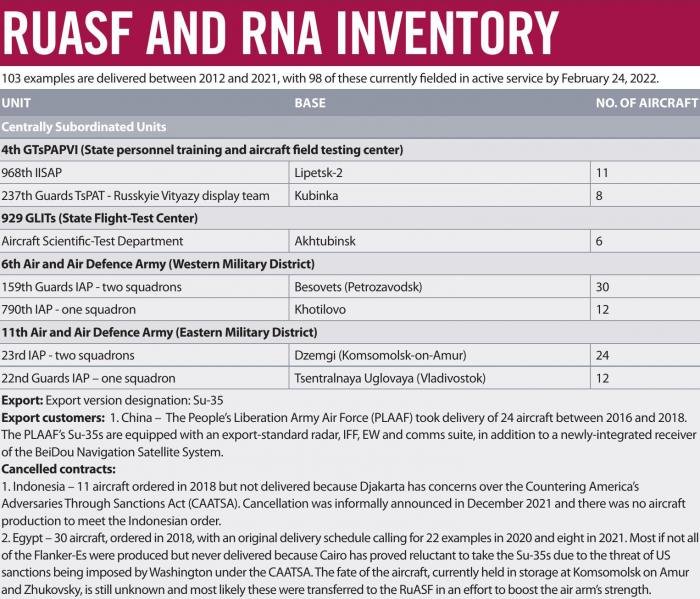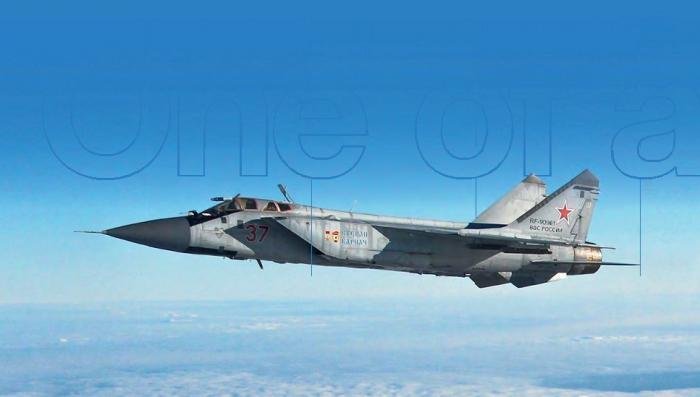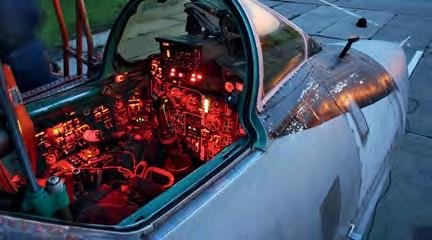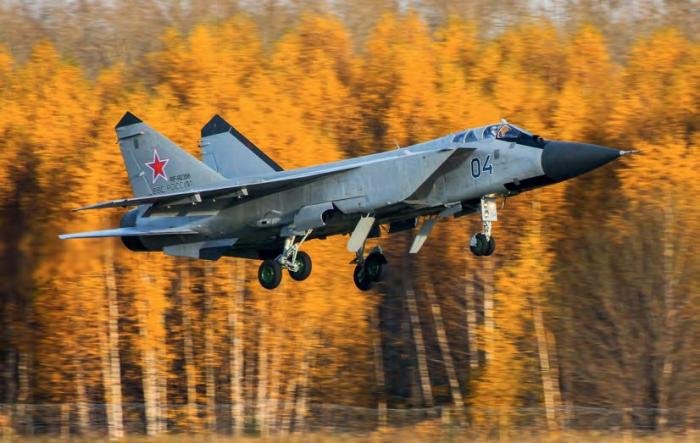Shock Russian. UAV S-70 Hunter. The S-70 UAV was first shown on August 5, 2021, after which there was little news about it. The S-70 Okhotnik low-observable strike UAV is designed to work in conjunction with Su-57 fighters. The UAV was developed as a reconnaissance and target designation support UAV for the Su-57 fighter, similar to the Pentagon's Kratos XQ-58 Valkyrie UAV, designed to escort F-22 or F-35 combat aircraft. The S-70 Okhotnik UAV can carry four KAB-500 aerial bombs or 8 KAB-250 bombs, as well as X-74M2 air-to-air missiles and X-38 short-range air-to-surface missiles. To combat enemy radar, the UAV can use X-58 anti-radar missiles. The main function of the S-70 UAV is not its strike capabilities, but the ability to covertly enter the air defense coverage area and target designation for the Su-57 fighter. The characteristics of the UAV are still classified; it is known that the UAV is equipped with an AL-31 engine and is capable of reaching speeds of up to 1000 km/h, operating at an altitude of up to 18 thousand meters. The drone's flight range will be about 6,000 kilometers. The dimensions of the drone are impressive, you can appreciate this from the photo next to Russian fighters, with a mass of 20 tons, the wingspan of the drone is up to 19 meters. According to preliminary data, the cost of the S-70 Okhotnik UAV reaches 27 million dollars or two billion three hundred million rubles.
The Russian heavy attack UAV S-70 "Okhotnik" was spotted in the skies of Russia. Of particular interest is the fact that the plane is not flying in tandem with the Su-57 fighter, but with the Su-30 fighter. That is, the S-70 Okhotnik UAV is being prepared to work together with the Su-30.
The Russian heavy attack UAV S-70 "Okhotnik" was spotted in the skies of Russia. Of particular interest is the fact that the plane is not flying in tandem with the Su-57 fighter, but with the Su-30 fighter. That is, the S-70 Okhotnik UAV is being prepared to work together with the Su-30.




